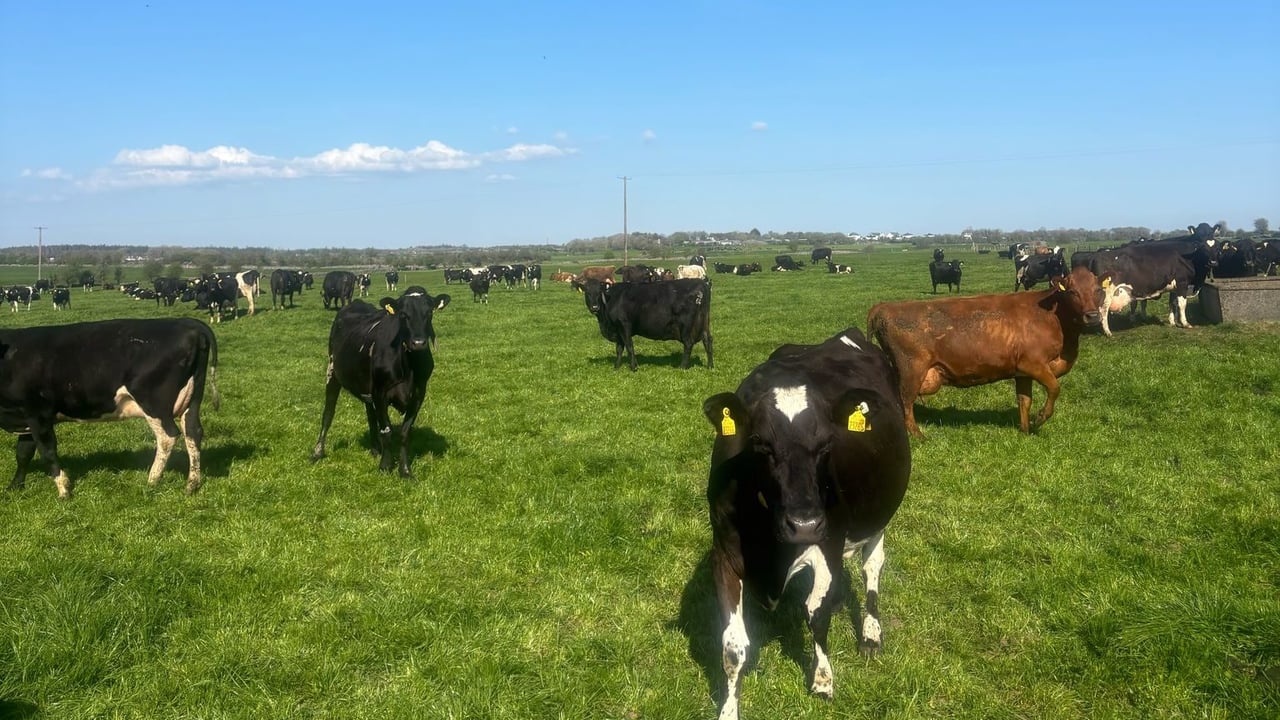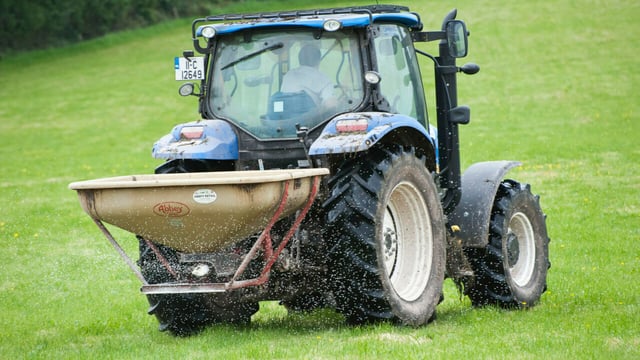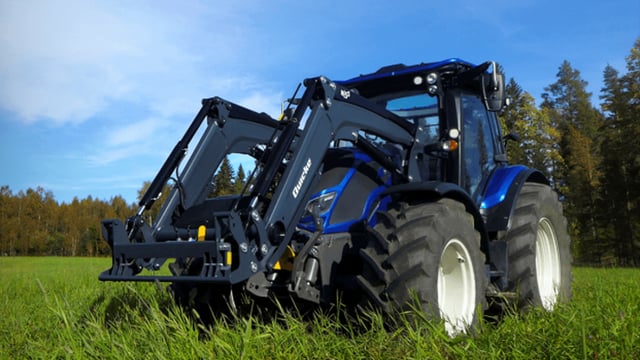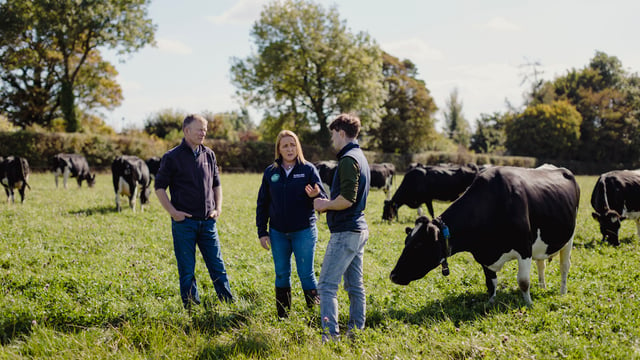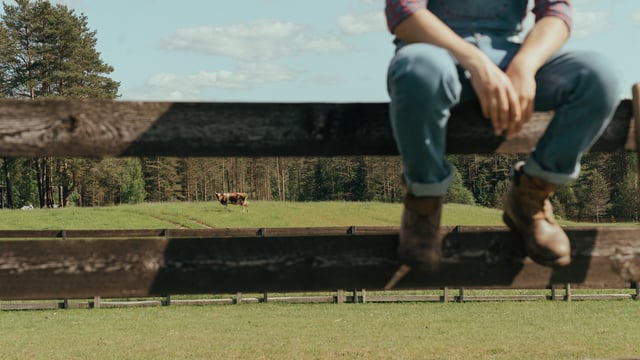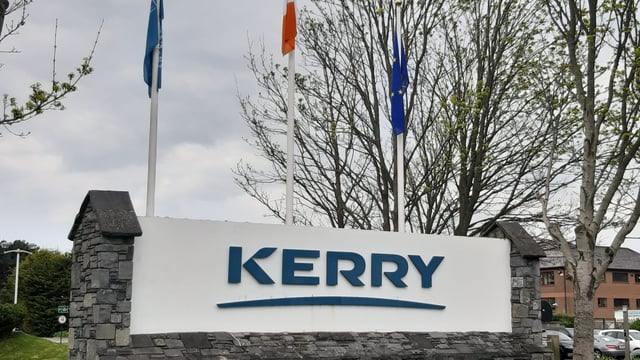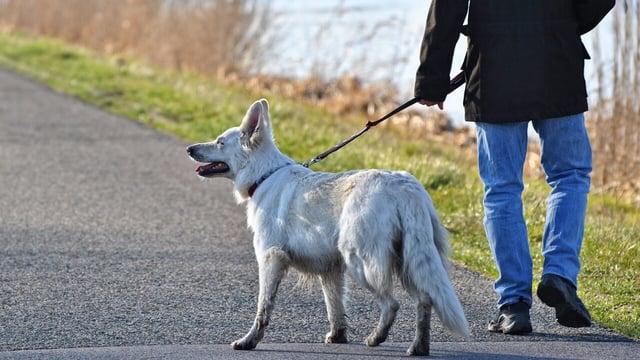Effects of seasonality and diet quality on enteric methane emissions
Researchers from Ireland and New Zealand are collaborating to understand how the stage of lactation, pasture quality and species, management and seasonal growth effect base methane emissions.
Understanding methane emissions from cows grazing seasonal pasture was highlighted at a recent NZAGRC x Teagasc webinar and its importance for accurate accounting of agricultural greenhouse gas (GHG) emissions was underlined.
The NZAGRC x Teagasc webinar series took place on Monday, May 12, which saw Ben Lahart from Teagasc and Jane Kay from DairyNZ present their latest research on the topic.
The target of this joint collaboration researching the different effects on methane emissions is to develop viable and scalable methane mitigation strategies for pasture-based dairy systems through technologies, feed, and genetics.
Methane emissions
Teagasc's Ben Lahart highlighted the annual feed intake profile of dairy cows in Ireland, highlighting that a February-calving cow's dry matter intake (DMI) will rise steadily for 10-12 weeks, before reaching peak DMI around mid to late April.
He highlighted that this DMI gradually declines for the rest of the season when cows are grazing grass, before drying off in December.
Feed intake and feed quality altered from season to season as DMI peaked in summer at 18kg of DM and plummeted in winter at 10.6kg of DM.
The highest crude protein feed occurred in the spring when cows are grazing lush, low cover pasture, with a decrease occurring in mid-summer followed by a rise in autumn and a drop again in winter.
The seasonality in feed intake and feed quality, addressed by Lahart, is as follows:
| Spring | Summer | Autumn | Winter | |
|---|---|---|---|---|
| Physiological state | lactating | lactating | lactating | non-lactating |
| DMI (kg/day) | 16.9 | 18.0 | 17.8 | 10.6 |
| Feed type | grass | grass | grass | grass silage |
| Crude protein (g/kg DM) | 228 | 197 | 201 | 147 |
| Neutral detergent fibre (g/kg DM) | 417 | 439 | 449 | 560 |
| Organic matter digestibility (g/kg DM) | 825 | 798 | 790 | 677 |
From Lahart's findings, less methane is produced in early spring and it steadily rises from around mid-May onwards as feed quality gradually deteriorates and as neutral detergent fibre (NDF) in the diet increases.
This then correlates to milk solid production and methane production because as milk solids production drops from around May, methane production increases.
Methane emissions were lowest in spring and gradually rose over the year with decreased digestibility of the feed and peaked in winter when silage made up most of the diet.
Grazing
The level of NDF in a diet seemed to have a huge effect on the methane produced by the cow, along with the amount of digestible energy content and the pasture quality.
DairyNZ's Jane Kay had similar findings to Lahart, with her research showing that grazing plantain in the autumn had the ability to reduce methane emissions but had little effect in spring, as grazed lush grass was slightly more effective.
Speaking about what farmers can do on a practical end of things to reduce methane emissions, Lahart said that higher DMD silage will lead to lower methane value in winter.
He also mentioned that "getting as much grass into diet as possible" is crucial, and that utilising grass, getting cows out to grass early on good grazing infrastructure with less inputs is "a simple and effective way of reducing methane emissions".
The research highlighted the importance of high quality pasture in the cow's diet, which brings us back to the point of grazing optimal cover of 1,400kg DM/ha when the plant is at the three-leaf stage.
This is particularly important at this stage of the grazing season as growth rates take off and grass quality can get out of hand. Farmers should try and reduce concentrates in the diet and take out paddocks for surplus bales if they are gone too heavy.
Grazing lush, protein-rich, three-leaf stage pastures leads to an increase in milk solids production and a decrease in methane production, which is a win-win.
Kay and Lahart highlighted that there is more work needed to understand the interaction between feed intake, quality, and composition.
The collaboration intends to continue working towards developing methane emission factors to accurately predict base emissions and develop tailored mitigation strategies for pasture-based systems.

